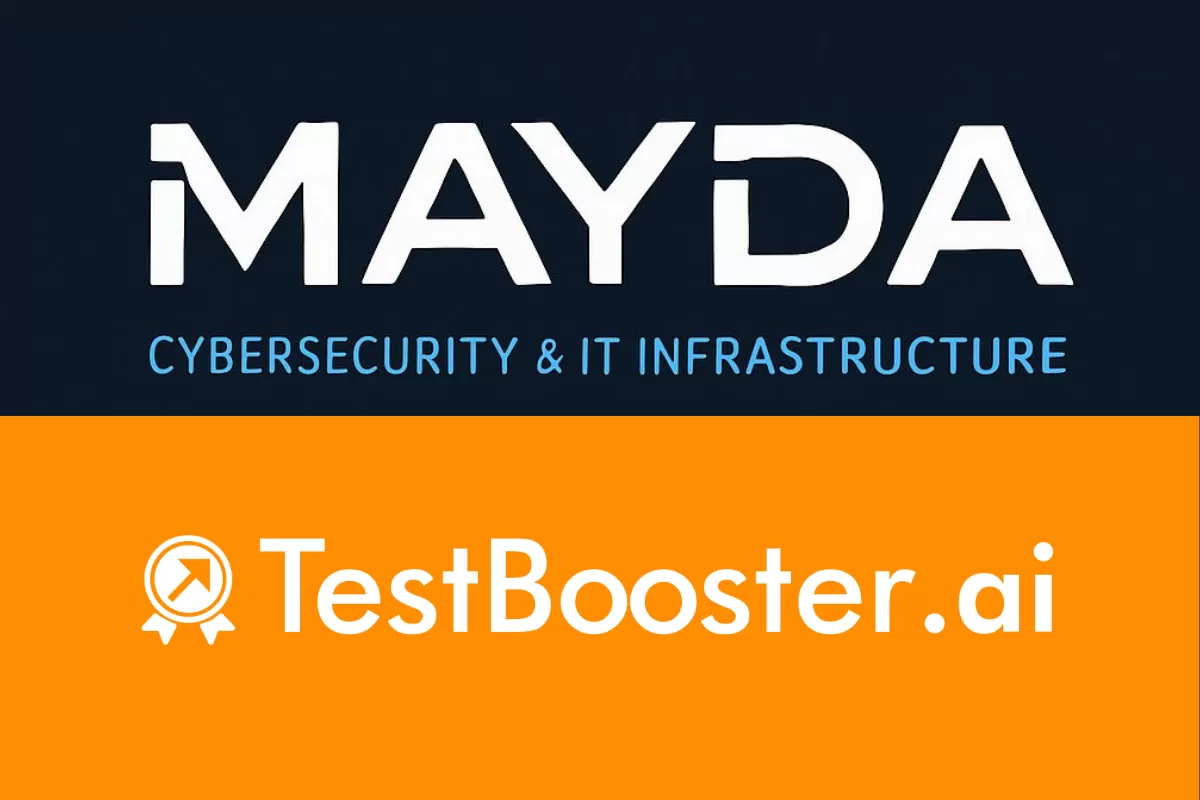The global average cost of a data breach in 2024 reached $4.88 million, according to the IBM Cost of a Data Breach Report (2024), a 10% increase over the previous year. While companies invest billions in firewalls, antivirus, and security policies, critical vulnerabilities in web applications rose 150% and high-severity vulnerabilities grew 60% in 2024.
The reality is this: just knowing your application works is not enough. You need to know whether it withstands real attacks.
This is where penetration testing comes in. Unlike automated scans that just tick boxes, pentest simulates how a real attacker would approach your systems. Analogy-wise, it’s the difference between testing whether your door locks and testing whether an intruder can get in through the window.
What is “pentesting” and how does it work?
Penetration testing is a controlled simulation of a cyberattack carried out by security specialists. Think of it as hiring ethical hackers to break into your system before malicious ones do.
According to the Fortra Penetration Testing Report (2024), 72% of organizations believe penetration testing prevented a breach. That’s no coincidence.
The process generally follows these steps:
- Assessment and discovery: specialists collect information about your infrastructure, applications, and potential entry points. They think like attackers, mapping your digital footprint.
- Vulnerability identification: using automated tools and manual techniques, they look for weaknesses that can be exploited.
- Exploitation: this is where things get real. Testers actually attempt to exploit the vulnerabilities found, demonstrating how an attacker could gain unauthorized access, escalate privileges, or steal data.
- Reporting: everything is documented in detail. You receive a comprehensive report showing exactly what was found, how it was exploited, and—most importantly—how to fix it.
Unlike vulnerability scans that simply list potential issues, pentest proves which vulnerabilities are truly exploitable and measures their real business impact.

What are the types of Pentesting?
Not all pentests are the same. Each type has a specific focus:
- External pentest: simulates attacks from outside your network. Tests public servers, websites, and APIs. Answers the question: what can an attacker do with no internal access?
- Internal pentest: assesses the damage that could occur if someone already has access to your network. It could be a malicious employee, a compromised device, or an attacker who breached your perimeter. Windows Active Directory, as a centralized repository for authentication and authorization, is a high-value target; compromising it can give attackers full control of the network.
- Web application pentest: focuses specifically on your web apps, hunting for vulnerabilities like SQL injection, cross-site scripting (XSS), and authentication flaws. About 73% of corporate breaches exploited web application vulnerabilities, according to the State of Web Application Security Report (2024), making this one of the most critical test types.
- API pentest: examines the security of your application programming interfaces. As organizations increasingly rely on APIs for data exchange and integration, API vulnerabilities have become a major concern.
- Network pentest: analyzes your network infrastructure, including routers, switches, firewalls, and segmentation. Identifies misconfigurations and weaknesses that allow lateral movement within the network.
- Social engineering test: targets the human element. Through phishing emails, pretexting calls, or physical security tests, it assesses whether your team can be manipulated.
- Mobile pentest: evaluates the security of iOS and Android apps, examining everything from data storage to API communications.
Why is pentesting indispensable?
Finding vulnerabilities before attackers do is an obvious benefit. In 268 tests, 80% of external pentests found an exploitable misconfiguration, according to the Fortra Penetration Testing Report (2024). These are issues automated scanners often miss because they require context, creativity, and the adversarial mindset only human testers bring.
Validating security controls goes beyond checking whether your firewall is on. Pentest proves whether your WAF actually blocks attacks, whether your intrusion detection system catches suspicious behavior, and whether your incident response team can effectively detect and respond to threats.
Meeting compliance requirements is increasingly non-negotiable, especially in an era where most of the population has personal data under privacy regulations. Standards like LGPD, PCI DSS, and ISO/IEC 27001 often require regular penetration testing. In this context, protecting brand and user reputation and avoiding financial damage is perhaps the most critical reason companies pursue stronger cybersecurity.
Mayda and TestBooster.ai partnership: more security and quality

Penetration testing is only one way to ensure the security and quality of your application.
With that in mind, TestBooster.ai has established a partnership with Mayda, a company specializing in IT infrastructure, cybersecurity, and security consulting. Among its services, its specialists think like attackers to conduct penetration tests, finding vulnerabilities that threaten your operations. TestBooster.ai, in turn, delivers AI-powered continuous quality assurance. The platform doesn’t just execute tests; it’s a quality hub that connects your entire testing history, providing unified dashboards and insights.
Together, the partnership delivers something indispensable: to enhance and continuously validate the security of the TestBooster.ai platform. In other words, we combine Mayda’s expertise with TestBooster.ai’s quality pillar to raise the security standard of the product we bring to market. More than ever, this ensures that our platform is always reliable by design—that is, from the start.
“The partnership with TestBooster.ai was born from a simple principle: technology must be good, secure, and purposeful. We bring a deep cybersecurity perspective to the TestBooster.ai platform itself, ensuring the platform in use is always reliable.” — Maycon, Mayda’s CEO
In short, the ideal is always to test before hackers test for you, regardless of context. To ensure your software quality, get to know TestBooster.ai. For stronger security in your applications, connect with Mayda.






